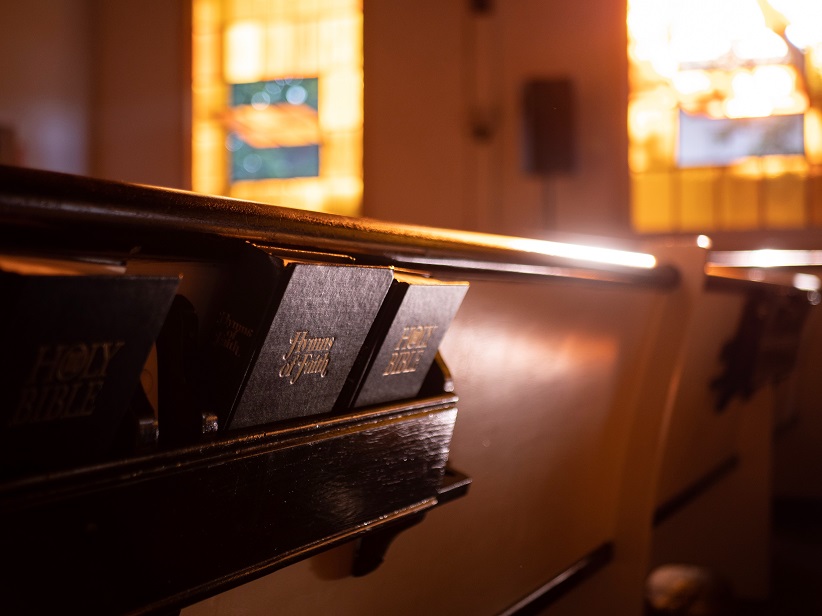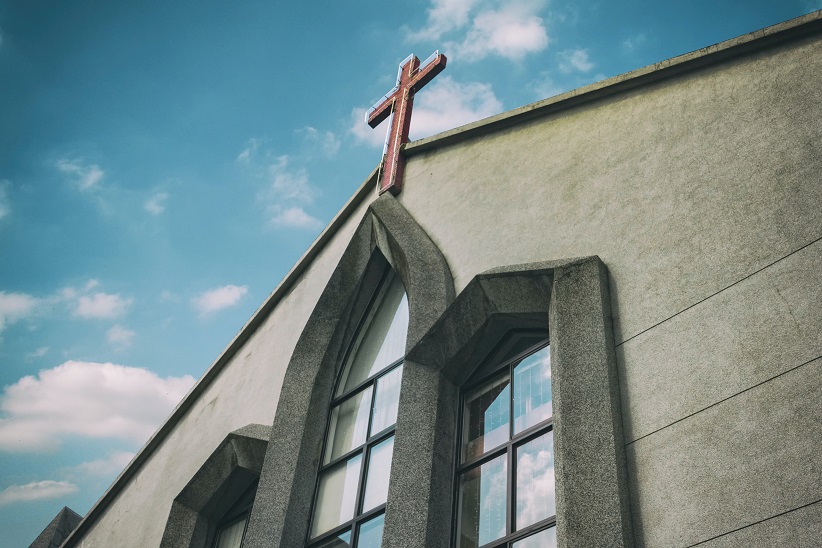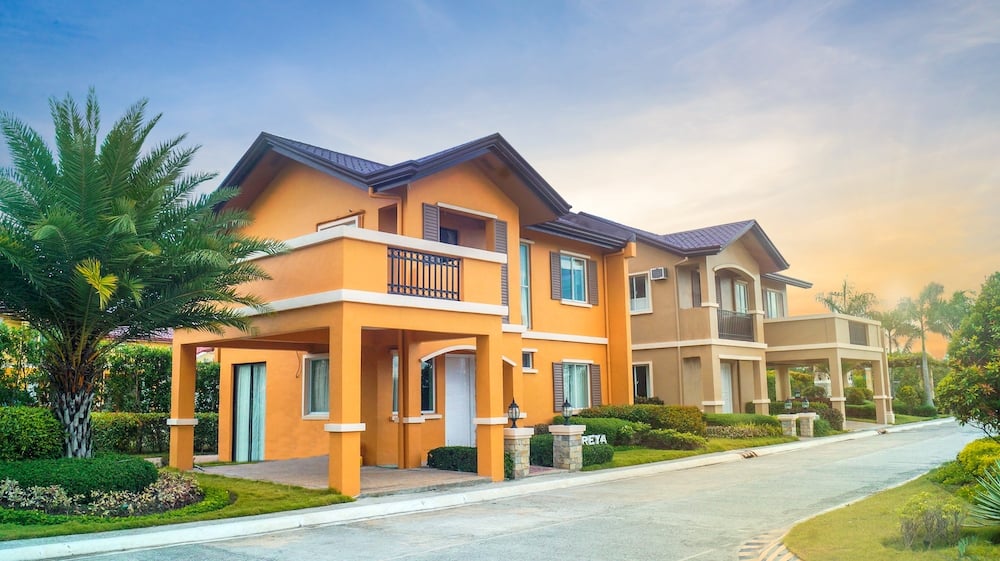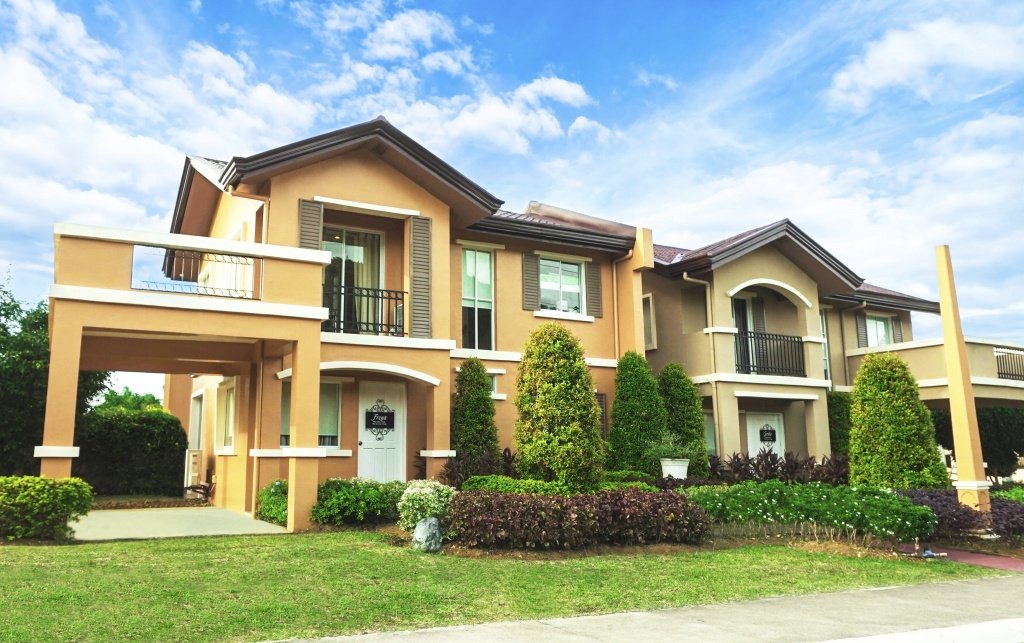Filipino Christmas tradition is truly unique because the Philippines is the only country that celebrates Christmas for four months. Unlike the rest of the world, Filipinos start decorating Christmas ornaments in their home on September 1. Filipinos have family-centric values, and Christmas embodies the tradition of being together with the family. This is why Christmas is so long in the country.
Filipinos have plenty of time to plan how they will spend their Christmas break, like booking flights or working extra hours to save more money for Christmas gifts. Most importantly, the long Christmas season sets the mood for giving, helping others, and loving each other, which will reach its peak at the Noche Buena dinner on Christmas Eve.
One of the most celebrated Christmas traditions in the Philippines is Simbang Gabi or Misa de Gallo. From December 16 to 24, Catholic Filipino communities will attend a simbang gabi mass on Roman Catholic churches every 3 am for nine days straight. Simbang gabi has been a part of our long Christmas tradition. But the question is, how did it start, and what is its significance?
History of Misa de Gallo

Egeria, a Galician woman who went on a pilgrimage to the Holy Land around 381, was the first to write about the Christmas Eve midnight Mass. She saw the early Catholics of Jerusalem hold a midnight vigil at Bethlehem to honor the mystery of Christmas. After that, there was a procession with torches to Jerusalem. At dawn, they got to the Church of the Resurrection.
Fifty years later, the midnight vigil inspired Pope Sixtus III to start having a midnight Mass after the cockcrow in the famous Basilica of Santa Maria Maggiore’s grotto-like oratory. The ancient Romans set the cockcrow for the beginning of the day, so there are different ideas about when it happens.
Diego de Soria, the head priest of Mexico’s Church of San Agustin de Acolman, asked Pope Sixtus V in 1587 to let the Mass be held outside because the church couldn’t hold all of the people who came to the evening service.
Aside from the Philippines, Venezuela is the only country that practices attending church services held for nine days straight.
How did Simbang Gabi start in the Philippines?

It is believed that the culture of Simbang Gabi started in the Philippines during the 1600s when Spanish colonizers conquered the country. During this era, farmers and fisherfolks begin their work in the early hours of the morning. Because of this, priests and religious missionaries agreed to have early morning masses instead of novenas for them to hear mass, which are more common in Hispanic communities.
The flickering lanterns that hung outside the church road illuminated the streets and soon became the colorful lights of “parols” we know and love today. The pre-dawn masses were announced by ringing church bells or a brass band playing Christmas music around town. Some priests even go around houses and knock on the doors themselves.
The “Misa de Gallo” tradition from Spain was then passed down to the country to explain the meaning of Christmas to the Filipino masses. However, the higher priests halted the celebration of Misa de Gallo from 1680 to 1689 because the Vatican thought that singing Christmas songs during masses was irregular. The then Manila Archbishop Felipe Pardo implemented this decree.
When Pardo passed away, the culture of Misa de Gallo resumed and continued even during the Spanish-American War during the 19th century. Pope Sixtus V ordered the Misa de Gallo to happen before sunrise so farmers could go to their farms after the Mass. And in 1953, the country’s first plenary petitioned to continue this tradition to Rome.
Rome granted the petition under a few conditions:
- The Misa de Gallo will start on December 16 and end on December 24.
- There will only be one pre-dawn Mass daily, which will be done with great solemnity.
- A big attendance shall attend the Mass.
In 1961, the Vatican granted the continuation of this tradition. However, Pope Sixtus V added that the Mass should be about glorifying the Holy Mother Church, propagating the Holy Catholic Faith, and preserving the newly baptized natives. Today, Filipinos practice Simbang Gabi in every part of the country.
Why Are Simbang Gabi Masses Important To Filipinos?

For Filipinos, Simbang Gabi is an essential tradition because it is one of the ways to praise and worship God during the Christmas season. During Simbang Gabi, churchgoers celebrate the birth of Jesus Christ and prepare spiritually for Christmas. Many people see Simbang Gabi as a way to offer sacrifices and ask for God’s blessings because they believe that their wishes will come true if they attend nine dawn masses.
Simbang Gabi is also a way to form camaraderie within a certain community. This tradition is one of the moments where everyone rejoices in the coming of Jesus, regardless of gender, age, or social class. After the Mass, churchgoers also have the opportunity to eat holiday delicacies like bibingka and puto bumbong together. Simbang Gabi is one way that Filipinos embody the Christmas spirit.
Living in a home near churches

As a Christian nation, one of the priorities of Filipino homebuyers is to have a home near places of worship. Having a house and a lot near churches benefits churchgoers because it provides less hassle when going to the Sunday service or Simbang Gabi. If you are looking for a house near churches, you can trust the Philippines’ most trusted real estate brand.
Camella knows how important your faith is. This is why Camella communities are strategically located near places of worship. Camella projects make sure that you are within walking distance away from churches, if not a short drive. The excellent news is Camella is located in 49 provinces in the Philippines.
Nothing is better than having the convenience of going to church and home without driving far away. For 45 years, Camella has been giving Filipino families their dream homes. Just like Simbang Gabi, Camella has been a part of the Filipino family for a long time, and today, you should come home to Camella.
Written by: Jethro Dinglasan

Check out our Houses for sale in the Philippines
Discover our house and lot for sale in the Philippines


